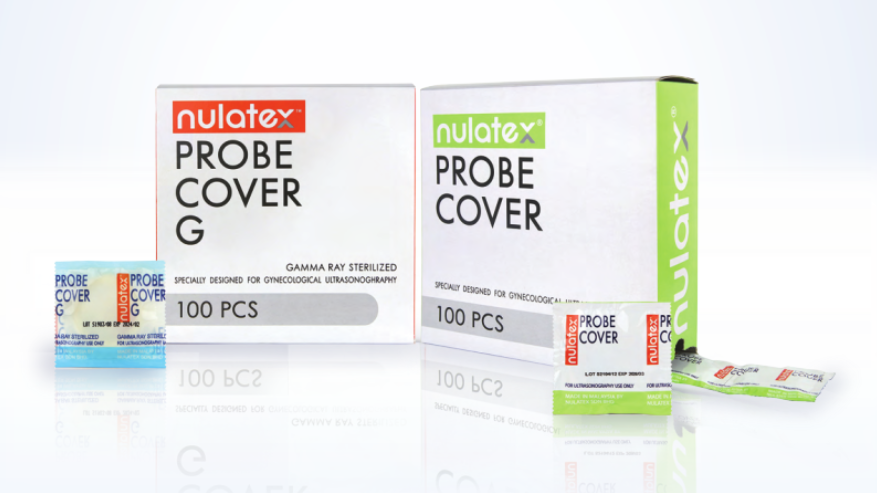Latex, derived from natural rubber, is an incredibly versatile material used in countless products, from medical gloves and condoms to everyday items. However, for a significant portion of the population, contact with latex can trigger an allergic reaction. Understanding latex allergies—their causes, how to prevent exposure, and the available alternatives—is crucial for safety and well-being.
What Causes a Latex Allergy?
A latex allergy is an immune system response to certain proteins found in natural rubber latex. When a person with a latex allergy comes into contact with latex products, their body mistakenly identifies these proteins as harmful invaders and releases chemicals like histamine, leading to allergic symptoms.
Reactions can vary in severity:
- Mild Reactions: These typically include skin redness, rash, hives, or itching where contact occurred.
- Moderate Reactions: May involve symptoms like sneezing, runny nose, watery eyes, scratchy throat, or asthma-like symptoms (wheezing, difficulty breathing).
- Severe Reactions (Anaphylaxis): A rare but life-threatening reaction that can cause severe breathing difficulties, a sudden drop in blood pressure, dizziness, confusion, and loss of consciousness. This requires immediate medical attention.
Repeated exposure to latex can increase the risk of developing an allergy.
Prevention is Key
For individuals with a diagnosed latex allergy, the most effective prevention strategy is strict avoidance of latex-containing products. This involves:
- Informing Healthcare Providers: Always inform doctors, dentists, and other healthcare professionals about a latex allergy so they can use latex-free alternatives.
- Checking Product Labels: Many consumer products contain latex. Learning to identify and avoid them is essential.
- Wearing a Medical Alert Bracelet: This can be life-saving in an emergency.
Product Alternatives for Latex Allergies
Fortunately, advancements in materials science have led to a wide array of high-quality latex-free alternatives.
- Synthetic Rubber: Materials like nitrile and neoprene are excellent substitutes for natural rubber latex in gloves, offering comparable barrier protection and tactile sensitivity without the allergy risk.
- Polyurethane: This synthetic material is commonly used for latex-free condoms and dental dams, providing effective STI protection for those with latex allergies. It’s also used in some medical devices and ultrasound probe covers.
- Vinyl: Another alternative for gloves, often used for general purpose tasks where high dexterity is not critical.
By promoting latex-free alternatives, Nulatex hopes to raise awareness regarding these essential protective products, leading to more accessible safe sex options for everyone, including those with latex sensitivities
For more educational resources, head to our blog.





